Automatic doors are now a common feature across shopping malls, offices, hospitals, and residential complexes in Dubai and the UAE. They enhance convenience, accessibility, and energy efficiency – opening and closing effortlessly without human touch. However, when they stop functioning properly, it can disrupt traffic flow and compromise security.
The key to minimizing downtime is knowing how to identify and diagnose issues in automatic doors early. In this detailed guide, we’ll explain the most common problems, how to find the root cause, and when to call professional technicians like AutomaticDoorsUAE.com for expert help.
Understanding How Automatic Doors Work
Before diagnosing issues, it’s helpful to understand how automatic doors operate. Most systems consist of four key components:
- Sensors: Detect motion or presence and signal the door to open.
- Motor and Drive System: Moves the door panels automatically.
- Control Unit: Acts as the “brain,” managing signals and safety features.
- Track and Rollers: Provide the mechanical path for sliding or swinging motion.
When one or more of these components fail or become misaligned, your door may slow down, make noise, open partially, or stop working entirely.
Common Signs of Problems in Automatic Doors
If you notice any of these symptoms, it’s time to investigate:
- Door opens or closes slower than usual
- Door gets stuck midway or refuses to open
- Loud grinding or clicking noises during operation
- Door opens but does not close (or vice versa)
- Random or continuous opening without motion nearby
- Flashing sensor lights or control panel errors
Each of these signs points to a specific issue. Let’s go step by step to find out where the problem lies.
Step 1: Check Power Supply and Electrical Connections
The first step in troubleshooting automatic doors is to verify the power source.
- Is the door receiving electricity?
Check the main switch, fuse box, or circuit breaker. A tripped breaker or loose wire can stop the door from functioning. - Inspect the motor connections.
Look for frayed or burnt wires, loose terminals, or disconnected plugs. - Test the voltage.
Use a multimeter to ensure the motor is getting the correct voltage. If not, there might be an issue with the control board or wiring.
If the door doesn’t respond at all, chances are the power or control system is the root cause.
Step 2: Inspect the Sensors
Automatic doors rely on sensors to detect movement and trigger the opening mechanism. If these sensors fail, the door won’t open – or might open randomly.
How to test:
- Clean the sensor lenses with a dry microfiber cloth. Dust or fingerprints can block infrared beams.
- Ensure both transmitter and receiver sensors are properly aligned.
- Watch for the LED indicator on the sensor – if it’s blinking or off, it indicates a fault.
- Try triggering the door by walking slowly in front of the sensor. If it doesn’t respond, the sensor might need replacement.
💡 Pro Tip: In Dubai’s dusty environment, sensor misalignment and dirt accumulation are among the top causes of door failure. Regular cleaning helps avoid these issues.
Step 3: Examine the Track and Rollers
If your automatic sliding door opens halfway or produces grinding noises, the problem is likely mechanical.
Check for:
- Dust, sand, or debris in the tracks
- Worn or broken rollers
- Bent or uneven tracks
- Obstructions blocking movement
Fix:
Clean the tracks thoroughly with a vacuum or brush. Replace worn rollers and apply a silicone-based lubricant to the moving parts. Avoid using oil-based products, as they attract dust and make things worse.
Step 4: Observe Door Movement and Sound
When the power and sensors are fine, observe how the door moves and sounds during operation.
- If it moves unevenly or stops suddenly, there may be friction in the tracks.
- If you hear a grinding or clicking noise, the gears or motor belt might be worn out.
- If the door slams shut or opens too fast, the speed settings or motor calibration may be off.
Sometimes, the door’s motion controller needs reprogramming to adjust the speed, sensitivity, or closing time. Technicians from AutomaticDoorsUAE can recalibrate your system safely without disrupting the controller logic.
Step 5: Test the Safety Features
Automatic doors are designed with safety in mind – if something obstructs the door, it should reverse immediately.
To test:
- Place a light object (like a cardboard box) in the door’s path.
- Activate the door.
- The door should detect the obstruction and reverse direction.
If it doesn’t stop or reverse, the safety sensors or control logic may have failed. This is a critical issue that requires immediate professional attention.
Step 6: Inspect Control Unit and Settings
Inside every automatic door is a control panel that manages power, timing, and signal interpretation.
Open the control box (after turning off the power) and check for:
- Loose connectors
- Burnt smell or damaged circuit board
- Blinking error lights
Some modern doors display error codes. Consult your manufacturer manual or contact AutomaticDoorsUAE – their team can interpret error codes for various door brands and models.
Step 7: Environmental Factors
Automatic doors in the UAE often operate in extreme heat, humidity, or dusty outdoor conditions. These factors can:
- Overheat motors and shorten their lifespan
- Cause sand accumulation in tracks
- Affect sensor calibration
- Lead to frequent misalignment
Installing weather seals, dust guards, and high-quality sensors can minimize such issues. AutomaticDoorsUAE offers robust door systems and maintenance packages designed specifically for UAE’s climate.
Preventive Maintenance Checklist
To reduce future problems, follow this simple monthly checklist:
✅ Clean tracks and sensors
✅ Tighten all screws and bolts
✅ Check power cables and control box
✅ Test motion and safety sensors
✅ Lubricate moving parts with silicone spray
✅ Inspect rubber seals and door panels for cracks
✅ Schedule bi-annual servicing with professionals
Regular servicing from AutomaticDoorsUAE ensures your automatic doors remain efficient, safe, and fully compliant with UAE building safety standards.
When to Call a Professional
Not all issues are DIY-friendly. Contact AutomaticDoorsUAE.com immediately if you notice:
- Electrical sparks or burning smell
- Motor failure or control board malfunction
- Damaged glass panels
- Repeated sensor errors or unresponsive door
- Grinding noise despite lubrication
Their trained technicians offer 24/7 automatic door repair in Dubai, Sharjah, and Abu Dhabi, handling everything from sliding and swing doors to revolving and telescopic systems.
With genuine spare parts, diagnostic tools, and certified expertise, AutomaticDoorsUAE ensures long-lasting solutions and minimal downtime.
Final Thoughts
Automatic doors are a blend of precision engineering and smart technology. Like any system, they need proper care, cleaning, and timely troubleshooting. Knowing how to find issues in automatic doors helps prevent small faults from becoming costly breakdowns.
By inspecting sensors, checking power supply, cleaning tracks, and testing safety systems, you can solve most minor problems early. But for electrical or motor-related faults, it’s always best to rely on professionals.
If you’re located in Dubai or anywhere in the UAE, trust AutomaticDoorsUAE.com – the region’s leading name in automatic door repair, installation, and maintenance.
Their experience, fast response, and commitment to quality make them the go-to experts to keep your doors moving smoothly, safely, and efficiently.

